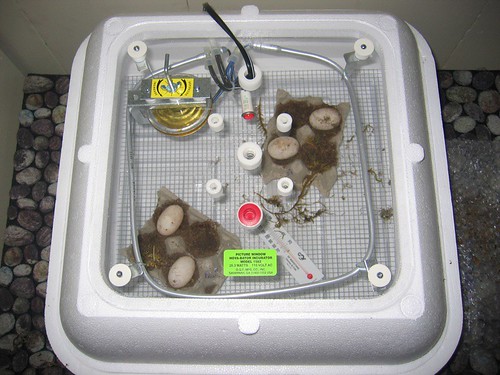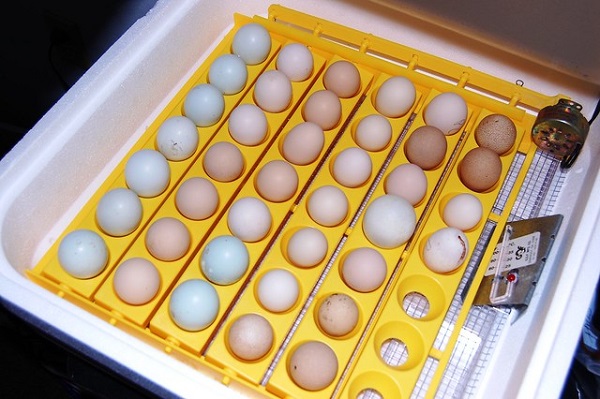Table of Contents
Ventilation is very important in egg incubation. Embryos cannot survive when there is little or no oxygen. This is why ventilation must be given much attention during egg incubation.
As the internal and external environment of an incubator changes, the ventilation requirements change too. The ventilation required could increase or reduce. The amount of ventilation or airflow required in an incubator depends on the following factors.
1. Incubator size
The size of an incubator determines the ventilation requirements. Ventilation control differs for different egg incubators. Also, the bigger the incubator, the more viral airflow control becomes. This is why the manufacturer’s recommendations must be carefully followed and making adjustments in subsequent incubations based on past hatching success is important. Controlling ventilation in incubators with no egg turner is unnecessary until hatching time as the incubator is opened a few times per day to turn the eggs.
2. Stage of incubation
At the starting and early stage of incubation, little oxygen is used by developing embryos while they produce little carbon dioxide. The need for oxygen increases as incubation progresses and the embryos develop and nearly doubles just before they hatch, making good ventilation essential at hatching time. The carbon dioxide and body heat production also increase. Underventilation and overventilation have significant on incubation and hatching success rates. Underventilation can cause embryos and hatchlings to die while overventilation can lead to reduced or delayed hatch. Avoid increasing ventilation in an incubator until about half the eggs have hatched.
3. Number of eggs set
Egg incubators are designed to work or function at capacity. If the quantity of eggs set in an incubator is lesser than the capacity it is designed for, the oxygen required by the embryos and the carbon dioxide produced are low. The levels of egg evaporation and heat production are lower.
4. Altitude
Eggs incubated at altitudes above 3,000 feet (915 meters) may experience low oxygen levels and excessive moisture loss due to the decreased atmospheric pressure at high altitudes. This can lead to a lower hatch rate, especially if the eggs were laid by hens accustomed to lower altitudes. To combat this issue, decreasing ventilation can help reduce moisture loss, but it may also be necessary to supplement with additional oxygen to achieve a satisfactory hatch rate.
5. Air movement within the incubator
In a small, still-air incubator, it is important to ensure proper ventilation, especially if the incubator is equipped with an automatic egg turner, as this means the incubator will not be opened frequently for manual egg turning. This can help to reduce humidity and improve the overall incubation process.
6. Conditions in the room where the incubator is placed
The temperature and humidity in an operational incubator can be adversely affected by the ambient temperature and humidity. Where the room temperature is below 64°F (18°C), ventilation can reduce both temperature and humidity. On the other hand, when the ambient conditions are very hot and humid, it may be necessary to place the incubator in an air-conditioned room in order for ventilation to be effective.



